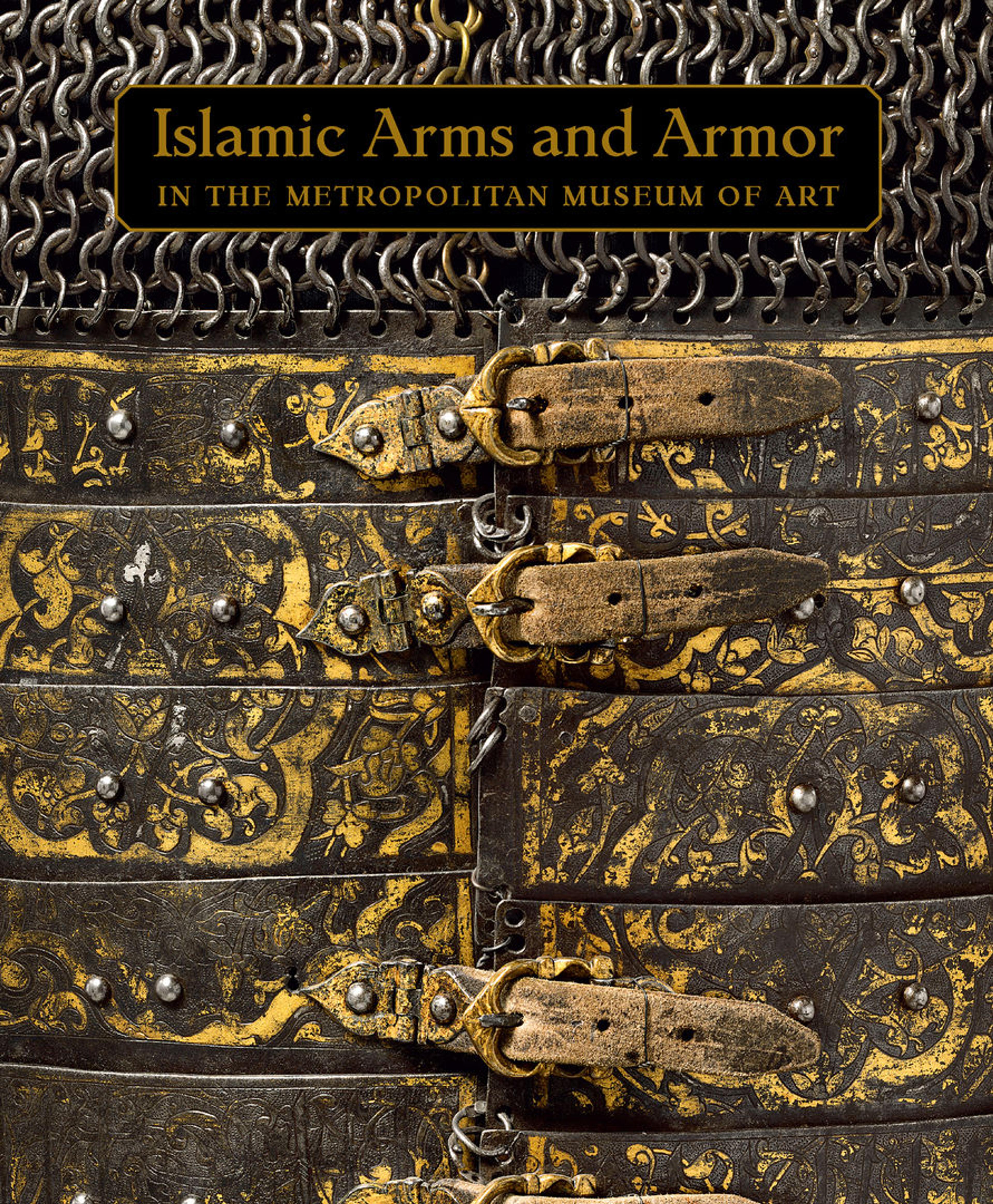Standard Head
Ensigns like this one often served as finials for standards, which were carried like flags to identify army units on the battlefield and in military reviews before the sultan. This ensign bears a Koranic inscription and the name of a Syrian emir, Sayfī al-Dīn Tarabāy, who is recorded to have commissioned a mausoleum in Cairo in 1503–4.
This is probably one of the many ensigns that were taken as booty by the Ottomans when they defeated the Mamluks in 1517.
This is probably one of the many ensigns that were taken as booty by the Ottomans when they defeated the Mamluks in 1517.
Artwork Details
- Title:Standard Head
- Date:ca. 1500–1511
- Culture:Egyptian or Syrian
- Medium:Steel, iron
- Dimensions:L. 20 1/8 in. (51.2 cm); W. 4 5/8 in. (11.7 cm); Wt. 1 lb. 12 oz. (802 g)
- Classification:Shafted Weapons
- Credit Line:Bequest of George C. Stone, 1935
- Object Number:36.25.1961
- Curatorial Department: Arms and Armor
More Artwork
Research Resources
The Met provides unparalleled resources for research and welcomes an international community of students and scholars. The Met's Open Access API is where creators and researchers can connect to the The Met collection. Open Access data and public domain images are available for unrestricted commercial and noncommercial use without permission or fee.
To request images under copyright and other restrictions, please use this Image Request form.
Feedback
We continue to research and examine historical and cultural context for objects in The Met collection. If you have comments or questions about this object record, please contact us using the form below. The Museum looks forward to receiving your comments.
